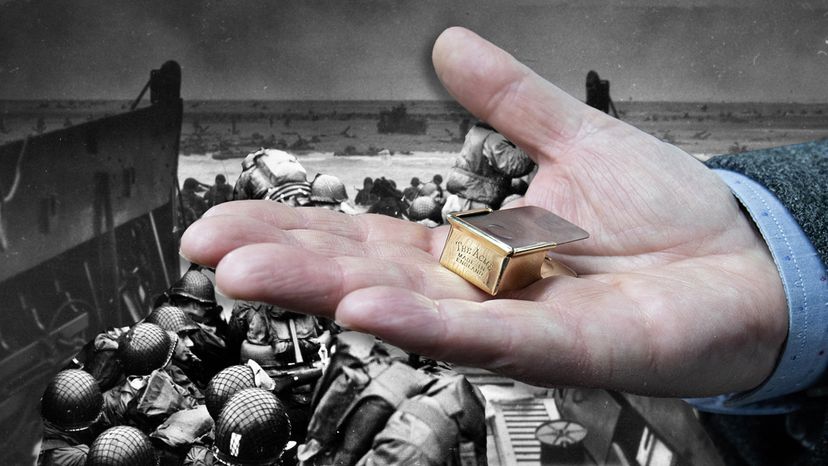
Shortly after midnight in the early hours of June 6, 1944, nearly 20,000 Allied paratroopers dropped behind enemy lines to be the first soldiers on the ground on D-Day. Conditions were terrible. Thick cloud cover and fog made it nearly impossible to spot their landing targets, and the night sky was pierced with heavy Nazi anti-aircraft rounds and sniper fire.
For those paratroopers who made it to the ground, many were separated from their units and unsure of their locations. Alone in enemy-held territory, they had to find their comrades in the fog-blanketed dark without tipping off the enemy.
Advertisement
Good thing they had their clickers.
Hours earlier, when boarding the transport aircraft back in England, members of the United States 101st Airborne Division were each handed a small metal box that would serve as a low-tech emergency communication device. By pushing down on the lid of the box with the thumb and releasing, it made a sharp clicking sound.
Their instructions were simple. If you're on the ground and hear someone approaching, click once. Two clicks in reply means a friend. No click could mean trouble.
Twenty-four hours after landing, the paratroopers were told to ditch or hide their clickers. Allied commanders were worried that the devices would fall into Nazi hands and be used to trick Allied soldiers into thinking that an approaching foe was friendly. The D-Day clickers were only in action for 24 hours, but who knows how many lives were saved by this simple ingenuity.
Advertisement


